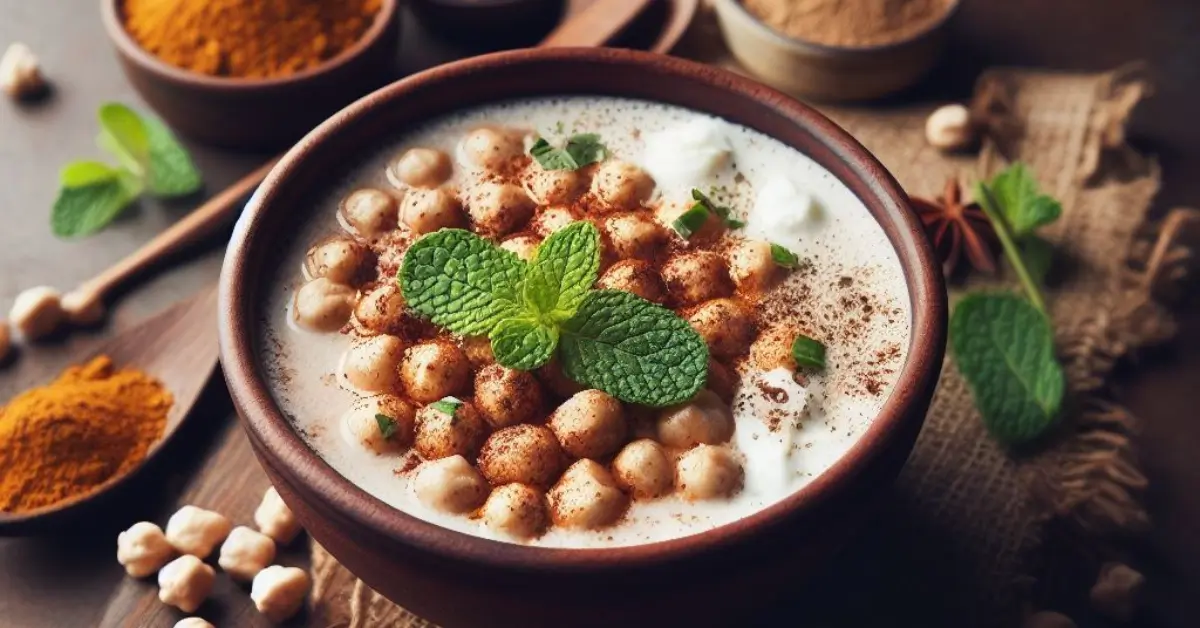Sattu, an indigenous flour deeply rooted in the culinary traditions of states like Bihar, West Bengal, Rajasthan, Gujarat, Uttar Pradesh, and Madhya Pradesh, has quietly emerged as a nutritional powerhouse.
Despite its prevalence in specific regions, the broader Indian population is only beginning to uncover the myriad benefits of this humble yet extraordinary superfood. In this detailed exploration, we will uncover the intricacies of sattu – its composition, regional variations, and the science behind its superfood status.
Page Index
What is Sattu?
Sattu, derived from roasted grains with chana dal as the primary component, undergoes a fascinating transformation from common ingredients like chana or horse gram into a finely ground powder.
The grains used can vary, including maize, barley (jau), or a carefully crafted mix of these cereals. The process of roasting and grinding not only imparts a distinctive flavor but also concentrates the nutritional content, making sattu a versatile addition to the Indian diet.
Varieties of Sattu
Sattu comes in various forms, each unique to the region of its origin. For instance, Bihar is known for its chana sattu, while Rajasthan boasts a diverse range including maize and barley sattu. The choice of grains adds a nuanced flavor profile, making sattu a versatile ingredient in both sweet and savory dishes.
Nutritional Benefits:
- Rich in Iron and Fiber: The high iron content in sattu is invaluable for combating iron deficiency, while the fiber promotes digestive health, reducing the risk of stomach ailments.
- Weight Management Ally: Sattu’s impact on metabolism makes it a secret weapon for those aiming at weight loss. The combination of fiber and slow-digesting proteins helps in maintaining satiety, and preventing overeating.
- Magnesium and Potassium Boost: Sattu’s magnesium and potassium content contribute to improved appetite and overall well-being. These minerals play a crucial role in maintaining electrolyte balance and supporting heart health.
- Fitness Enthusiast’s Go-To: The high protein content in sattu, coupled with its cooling properties, has made it a post-workout favorite among desi bodybuilders. It aids in muscle recovery and provides a sustainable energy boost.
- Red Blood Cell Growth: Sattu’s unique ability to stimulate the growth of red blood cells enhances oxygen production, thereby increasing overall energy levels.
How is Sattu Made?
Sattu’s creation begins with the meticulous process of dry-roasting grains or grams. The choice of base ingredients varies across regions, with barley and Bengal gram being the most commonly used. This initial roasting imparts a distinct nuttiness to the grains, setting the stage for the transformation into a finely ground powder.
Regional Variations:
- North India (Barley and Bengal Gram): In the northern states like Bihar and Uttar Pradesh, sattu is predominantly crafted from a mix of roasted barley and Bengal gram. The proportions and roasting techniques are often passed down through generations, contributing to the unique flavor profile of each family’s sattu.
- Odisha (Cashew, Almond, Millet, Barley, Chickpea): Venturing into Odisha, the sattu-making process takes a delightful twist. Here, known as Chatua, sattu is made by dry-roasting a blend of cashews, almonds, millet, barley, and chickpeas. The amalgamation of these diverse ingredients results in a flour that not only encapsulates the essence of the region but also offers a medley of flavors.
Method of Preparation
The dry-roasting process involves subjecting the chosen grains or grams to direct heat, either in traditional earthen pots or modern roasting pans. The objective is to achieve a delicate balance – toasting the ingredients sufficiently to enhance their flavors without compromising the nutritional content. This meticulous step is what distinguishes sattu from its counterparts.
Grinding to Perfection
Once the grains or grams have been roasted to perfection, they undergo the crucial step of grinding. Traditional grinding stones or modern mills are employed to transform the roasted mixture into fine, powdery flour. This step requires precision to maintain the ideal texture and ensure that the nutritional integrity of the sattu remains intact.
In conclusion, as the wave of awareness surrounding sattu extends beyond its regional strongholds, more individuals are beginning to recognize its potential as a versatile and nutritious superfood. From its rich cultural significance to its undeniable health benefits, sattu is more than just flour – it’s a celebration of indigenous wisdom and a gateway to holistic well-being.
So, the next time you seek a healthy, flavorful addition to your diet, consider embracing the goodness of sattu – a choice that not only nourishes the body but also honors the diverse culinary heritage of India. Your journey to well-being starts with a handful of this remarkable superfood.


